Being a Certificated Flight Instructor (CFI) is a tremendous responsibility. Before becoming a CFI, one must ask oneself if he or she really wants to teach, or if the CFI certificate is simply as a means to build flight time and experience towards the Airline Transport Pilot (ATP) certificate and/or another job requiring more hours than the Commercial Pilot certificate.
Many people feel that becoming a CFI is the only way to reach the ATP level, and so they don’t consider the myriad of other “time building” jobs available upon finishing flight school. Everyone’s first contact with flight training is with a CFI, so it’s natural to think that teaching is the best way to log hours towards ATP. However, not everyone has the skills or desire to be a good teacher, and it is a disservice to student pilots to have to learn from someone who can’t or won’t give them the best training possible.
If a new pilot’s goal is purely to build time, he or she is better off looking for such jobs as an aerial survey, pipeline and powerline patrol, traffic watch, and personal aircraft contract flying. Those paths provide the same valuable experience a beginning pilot needs to move on to the “heavy iron,” the well-paying jobs for which most pilots strive.
CFI Ground School
Once someone has determined that he or she truly has a desire to teach flying, the first step, like the other pilot certificates and ratings, is ground school. In CFI ground, candidates learn about how to teach, how the human brain works while learning new ideas, the psychology of student pilots, and how to motivate students who are struggling. CFI trainees practice teaching ground lessons to their classmates, often using lesson plans and syllabi they wrote themselves. The CFI ground instructor will critique their lessons, and classmates will offer feedback on the presentations. In this way, the whole class gains experience with ground teaching before having to face student pilots alone.
FOI and PEMA
A huge topic CFI candidates must master is the Fundamentals of Instructing (FOI). It’s so integral to becoming a flight instructor that the FAA made the FOI a separate written test in addition to the CFI knowledge test. The FOI includes the characteristics, principles, and levels of learning. The characteristics are that learning is purposeful, it’s a result of experience, it’s multifaceted, and it’s an active process. CFIs remember this with the acronym PEMA. The principles, or the laws of learning, are readiness, exercise, effect, primacy, intensity, and recency. The acronym for those is REEPIR, pronounced “reaper”. The levels of learning are rote, understanding, application, and correlation, or RUAC. A good instructor is constantly keeping those acronyms in mind and applying them to any particular lesson.
In ground school, teachers-to-be also learn about the regulations which apply to flight instructors, and how to give logbook endorsements in a legal manner. Especially in the case of a first solo flight, CFIs have a huge responsibility to make sure a student pilot has met all the training requirements and that the training is properly documented. The student’s logbook must contain the proper endorsements, signed by the CFI, or else the flight is illegal, and the consequences are severe.
Time to Go Flying
Once ground school is done and the CFI candidate has passed the written exams, it’s time to go flying. The first few lessons are designed for the trainee to just get familiar with flying the airplane from the right seat and remembering to talk while demonstrating a maneuver or procedure. Most pilots will have never sat in the right seat of a small airplane before, and even though it’s a move of only three feet or so, it may as well be a whole new world.
All the pilot’s training up to this point was in the left seat, typically handling the control yoke or stick with the left hand and controlling the engine throttle with the right hand. The sight lines and visual cues used for maneuvering and landing are different from each side of the aircraft, so the instructor candidate often feels they are re-learning how to fly when they change to the right seat.
After the trainee is comfortable in the right seat, the real business of learning to teach begins. The candidate must fly to Commercial Pilot standards, even the Private Pilot maneuvers, while at the same time explaining the steps, making note of hazards and other considerations, and then critiquing the instructor’s demonstration of student common errors. A lesson which many look forward to is the spin flight, where CFI students must demonstrate proficiency in recovering from a spin while at the same time teaching how to do the recovery procedure. It’s the closest many will come to flying aerobatics and being purposely inverted.
CFI Checkride and Beyond
Finally, it’s time for the practical test, or checkride. The initial CFI checkride has by far the lowest pass rate on the first attempt. It is a grueling, drawn-out affair, often taking half a day or more. It is not uncommon to spend an entire morning giving sample ground lessons, digging deep into aerodynamic concepts, interpreting regulations, and discussing scenarios, then going to lunch, returning for more ground sessions, and finally taking the flight test. Most candidates fail the ground portion because they don’t practice giving lessons, following a plan, and most importantly, knowing where to quickly find reference material to answer students’ questions.
After passing the CFI checkride, many people go on to become an Instrument instructor, or CFI-I, known colloquially as a “double-I.” CFI-I training involves another ground school, another written test, and a checkride. A double-I conducts training towards the Instrument pilot rating and gives Instrument Proficiency Checks, or IPCs. It is possible to become a CFI-I before a CFI, but it is quite rare.
CFIs may also attain a Multi-engine Instructor rating, or MEI, which authorizes an instructor to give training in aircraft with more than one engine, typically twin-engine.
Ready to soar in your aviation career?
Mr. Matthew A. Johnston has over 23 years of experience serving various roles in education and is currently serving as the President of California Aeronautical University. He maintains memberships and is a supporting participant with several aviation promoting and advocacy associations including University Aviation Association (UAA), Regional Airline Association (RAA), AOPA, NBAA, and EAA with the Young Eagles program. He is proud of his collaboration with airlines, aviation businesses and individual aviation professionals who are working with him to develop California Aeronautical University as a leader in educating aviation professionals.
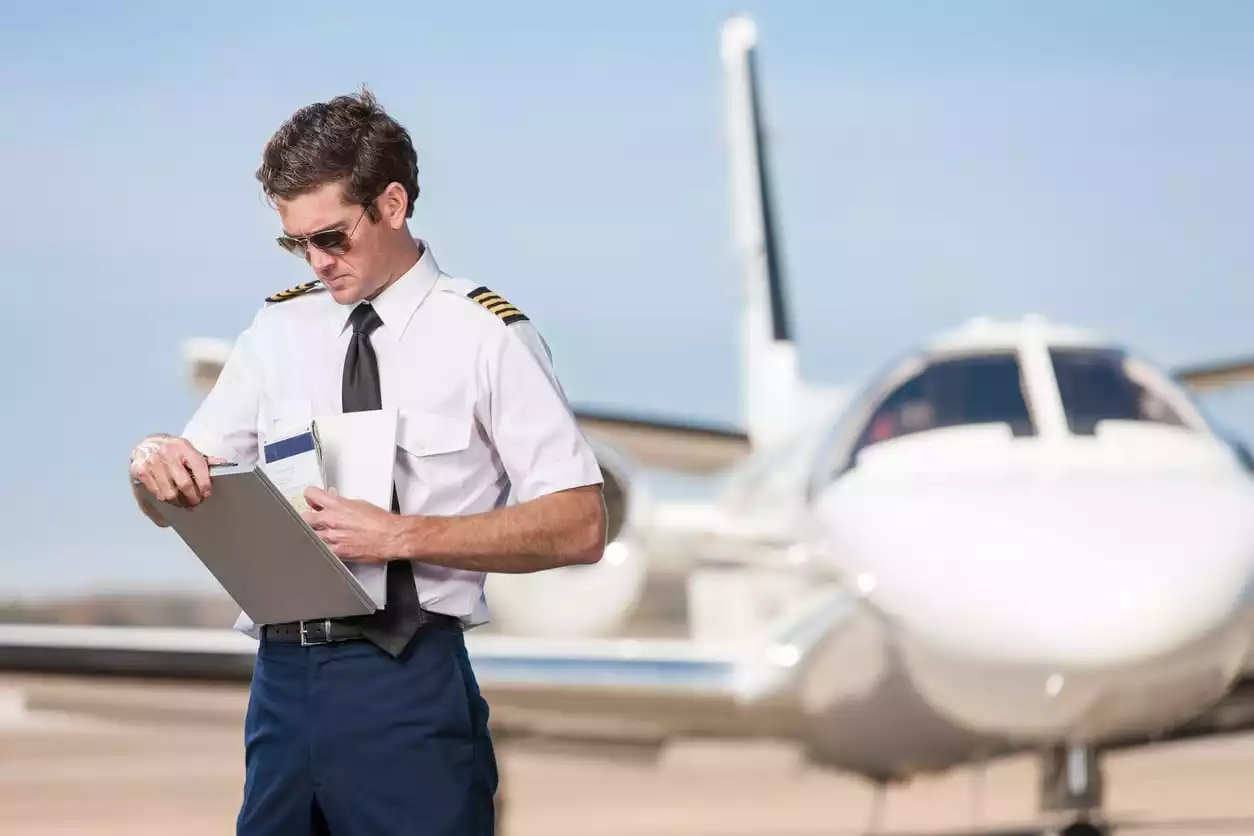
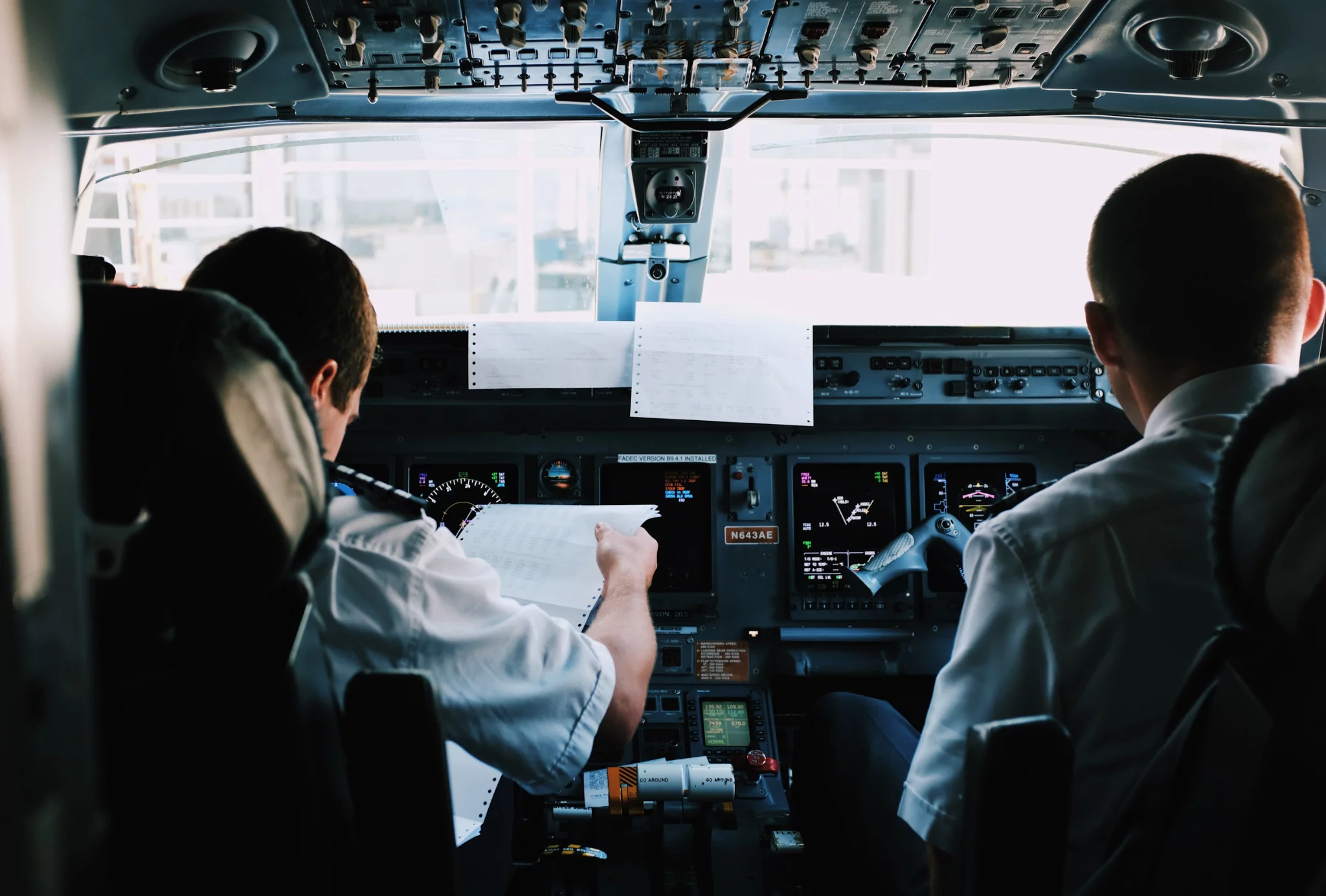
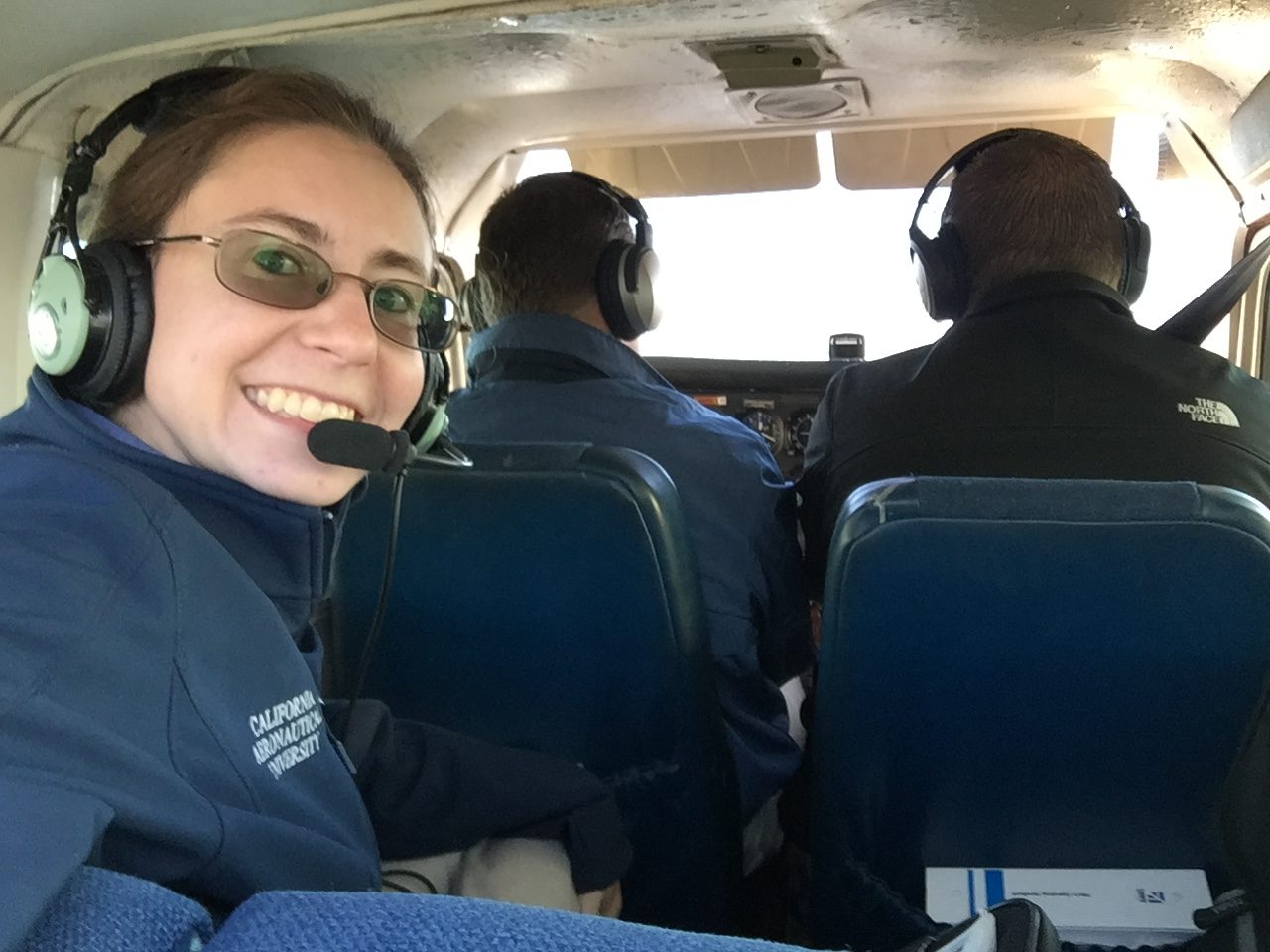
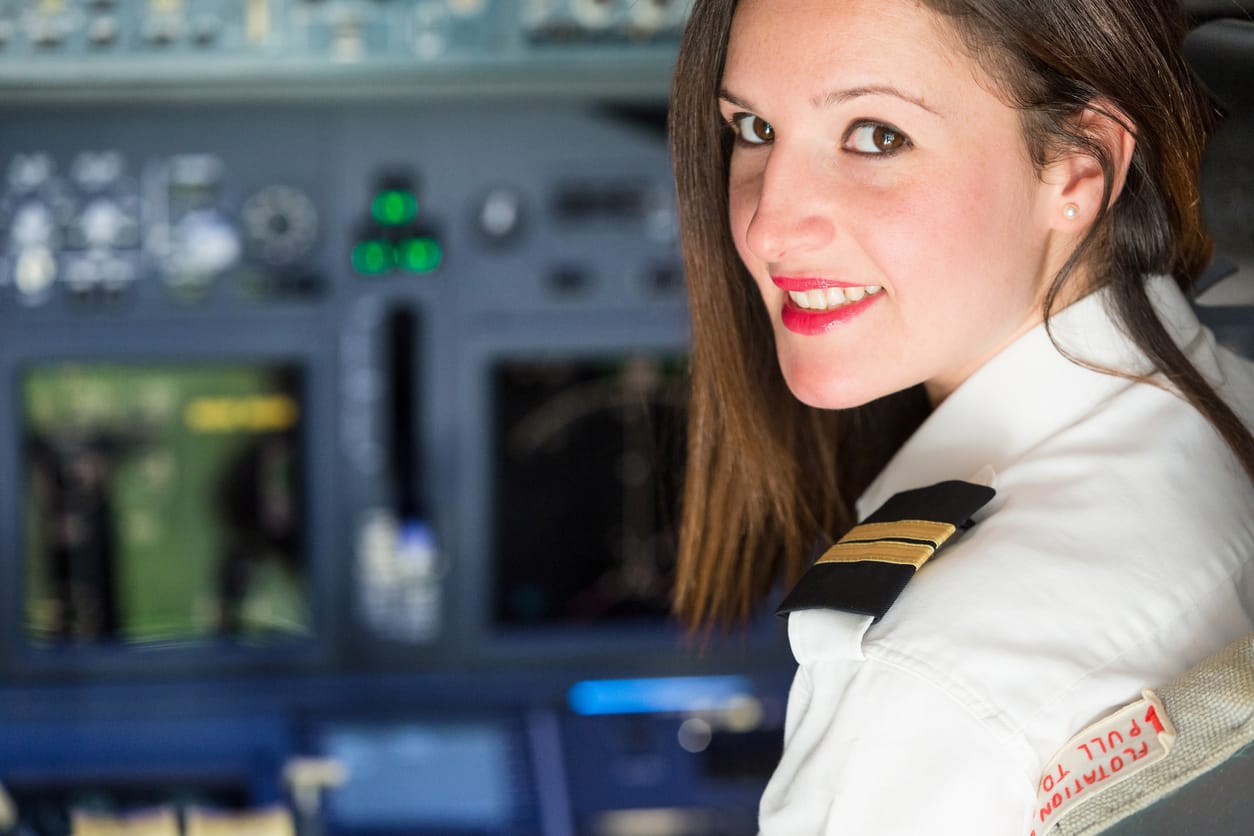
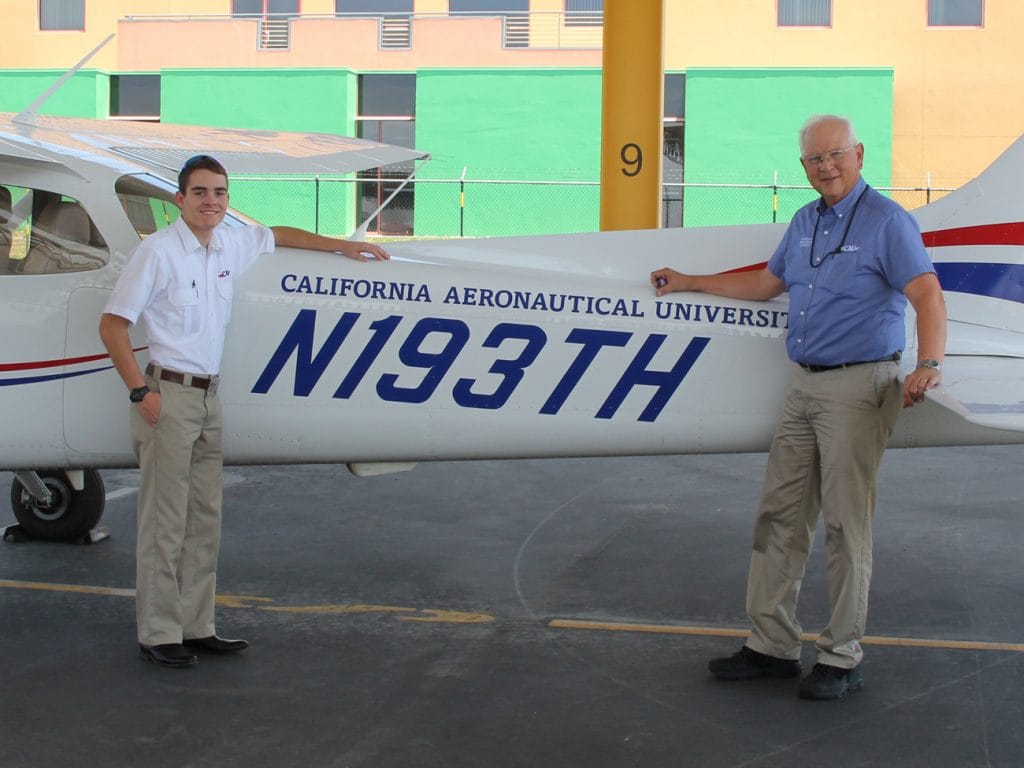
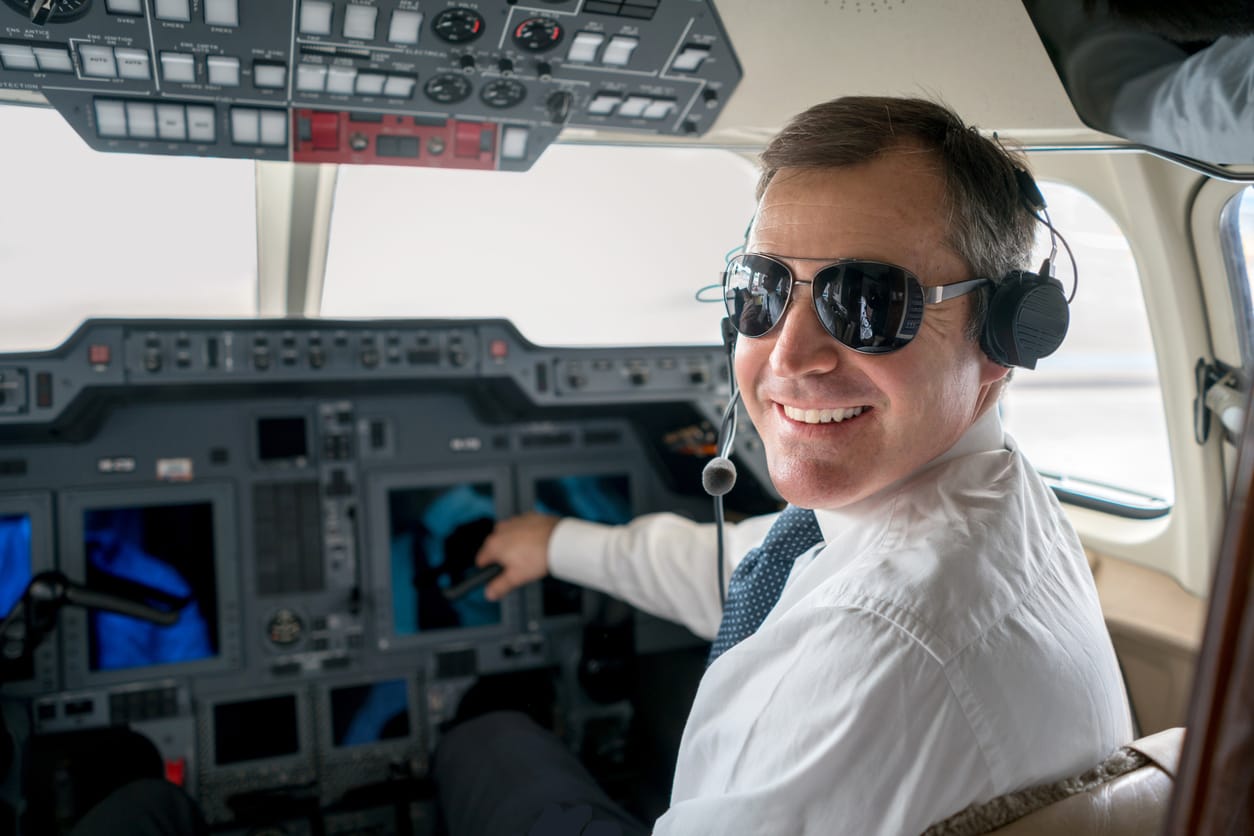
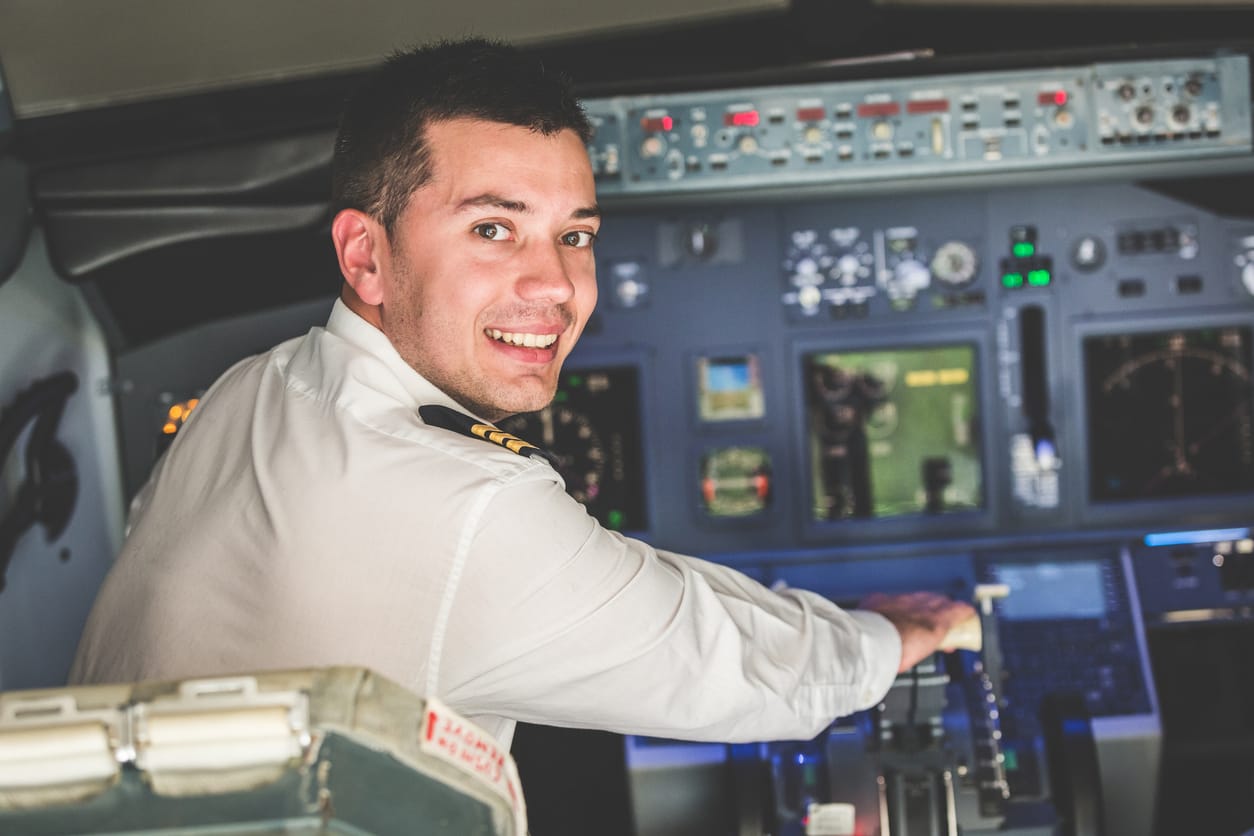
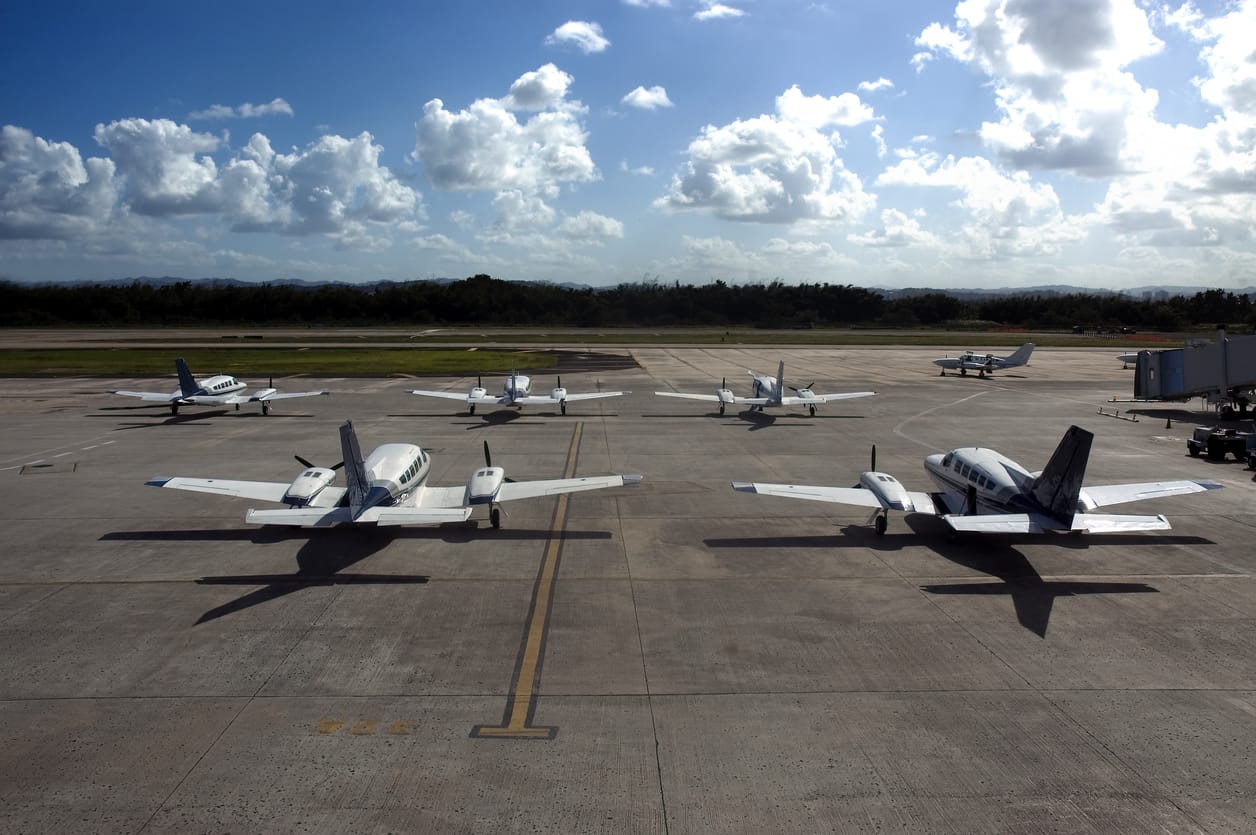
Hello My name is Juan Santiago. I have a. CSEL CMEL CSES and a Advanced Instrument Ground Instructor FAA Lic. I am in search of a good place to finish my CFI and CFII..
Juan
(939)630-3245